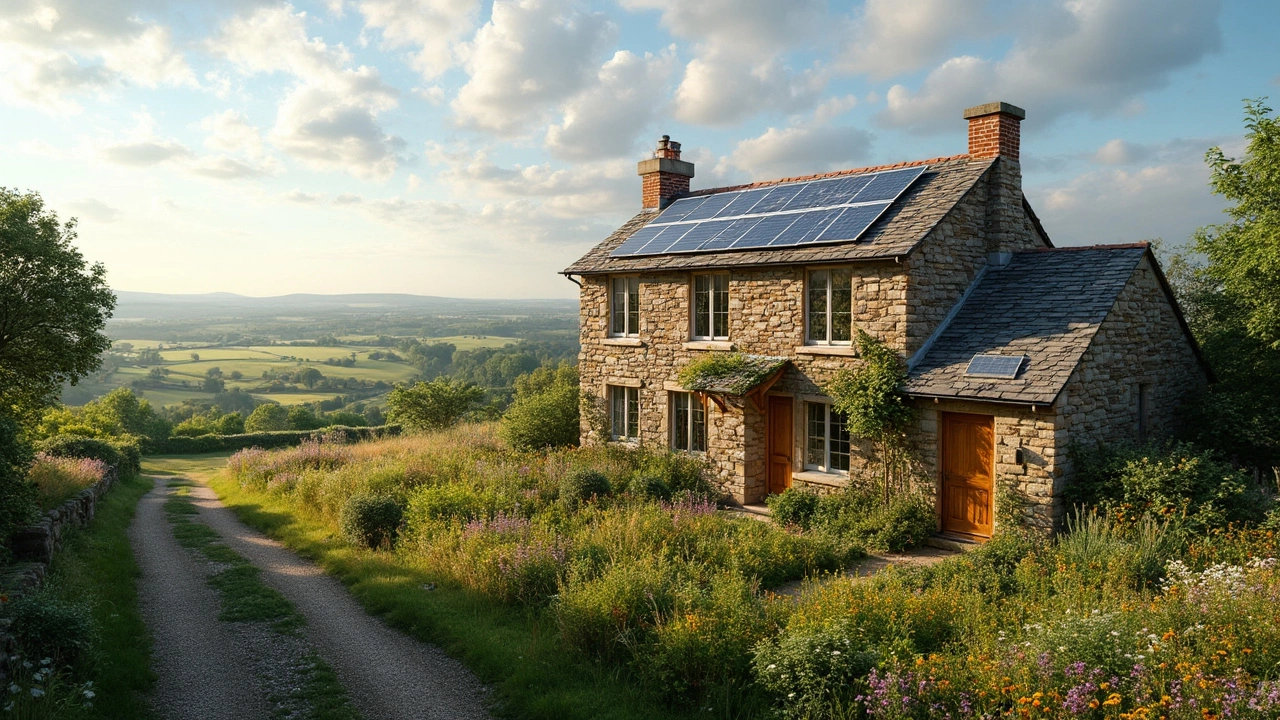
Eco-Friendly Building: Simple Ways to Go Green at Home
Thinking about making your house better for the planet? You don’t need a massive budget or a degree in architecture. Small changes, smart choices, and the right materials can turn any home into a greener space. Below you’ll find straight‑forward ideas you can start using today, whether you’re building from scratch or just tweaking the place you already live in.
Start With the Basics: Insulation and Air Tightness
Good insulation is the foundation of any energy‑efficient home. It keeps heat inside during winter and out during summer, so you use less heating and cooling. Look for insulation made from recycled denim, sheep’s wool, or cellulose – they perform well and have a lower environmental impact than traditional foam. While you’re at it, seal gaps around windows, doors, and ducts. A simple draft‑stopper kit can cut your energy bill by up to 15%.
Choose Sustainable Materials for Walls, Floors, and Roofs
When you pick building materials, think about where they come from and how they’ll end up after you’re done using them. Bamboo flooring, reclaimed wood, and cork are sturdy, look great, and grow back quickly or are repurposed. For walls, consider earth‑blocks or hempcrete – they store carbon and are breathable, reducing mold risk. On the roof, a green roof or solar panels can provide insulation and generate clean power. Even something as simple as low‑VOC paints improves indoor air quality without adding toxic fumes.
Water use is another big piece of the puzzle. Install low‑flow faucets, dual‑flush toilets, and rain‑water harvesting systems. A bucket‑style rain barrel can supply water for garden beds, cutting your municipal water use dramatically. If you have space, a grey‑water system recycles shower water for irrigation, giving you double the benefit.
Don’t forget about the little things that add up. Switch all light bulbs to LEDs, timer‑controlled outlets, and smart thermostats. They’re cheap, easy to install, and can shave off a noticeable chunk of energy use. When you shop for appliances, look for the ENERGY STAR label – the higher the rating, the less electricity it gobbles.
Finally, think about the life cycle of everything you add. Choose products that can be repaired, reused, or recycled at the end of their life. This mindset reduces waste and often saves money in the long run. If you’re unsure where to start, browse our related articles – they dive deeper into topics like eco‑home costs, green building myths, and the best sustainable materials for Scottish climates.
Going green isn’t about perfection; it’s about making better choices one step at a time. Pick a few ideas that fit your budget and schedule, and watch how quickly your home becomes more comfortable and eco‑friendly.
